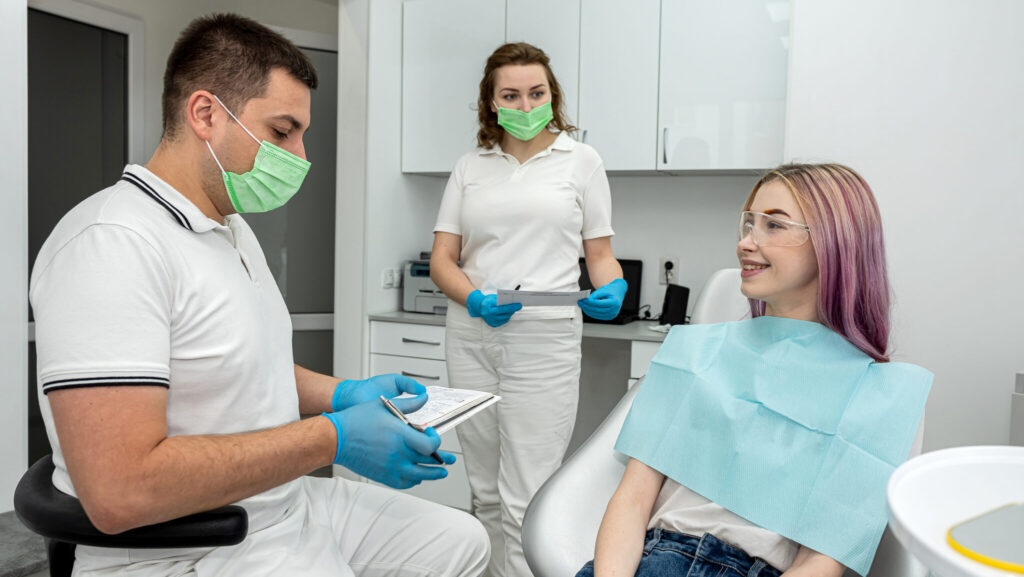
Dentists are finding the most effective way to attract new patients to their office is by using search engines. Search engine marketing is a digital marketing strategy used to increase the visibility of a website across search engine results pages, such as Google. There are paid and organic ways to use search engine marketing for your practice. Let’s briefly go over your options!
Pay-per-click (PPC): Google AdWords can be used to target patients who are searching up certain keywords of your choosing. Your ads will appear at the top of the page, and you pay for each click you get. This ensures your website will show at the top of the results, making patients much more likely to click. For example, your keywords may be “dentist (insert practice location here)”.
Local SEO: This form of search engine optimization focuses on getting your website to appear at the top of Google Maps results without needing to invest real dollars. You must ensure your Google business profile is set up; your practice name, address, and phone number are all correct and consistent; and you must collect a healthy number of reviews. These are a few things that can boost Local SEO.
Organic SEO: This is the unpaid way to increase website visibility on results pages. You can do this by ensuring your website has good structure, layout and design. Posting relevant content that includes keywords and backlinks to other websites also boosts your ranking.

As seen in the print issue of Oral Health March 2024
In October and November 2023 Bramm Research, a third-party independent research house, conducted an online survey of active, practicing non-hospital affiliated dentists and dental specialists on behalf of Oral Health. Survey invitations went out to a contact list of approximately 9,000 readers and there were 265 completions, for a response rate of 2.9 With a total sample of 265, the margin of error is plus or minus 5.9 percentage points at the 95 percent confidence level. If, for example, 50% of the sample indicated that agreed with a statement, then we can be reasonably sure (19 times out of 20) of an accuracy within +/- 5.9%. This means that a total census would reveal an answer of not less than 44.1% and not more than 55.9%.
Sponsored by











